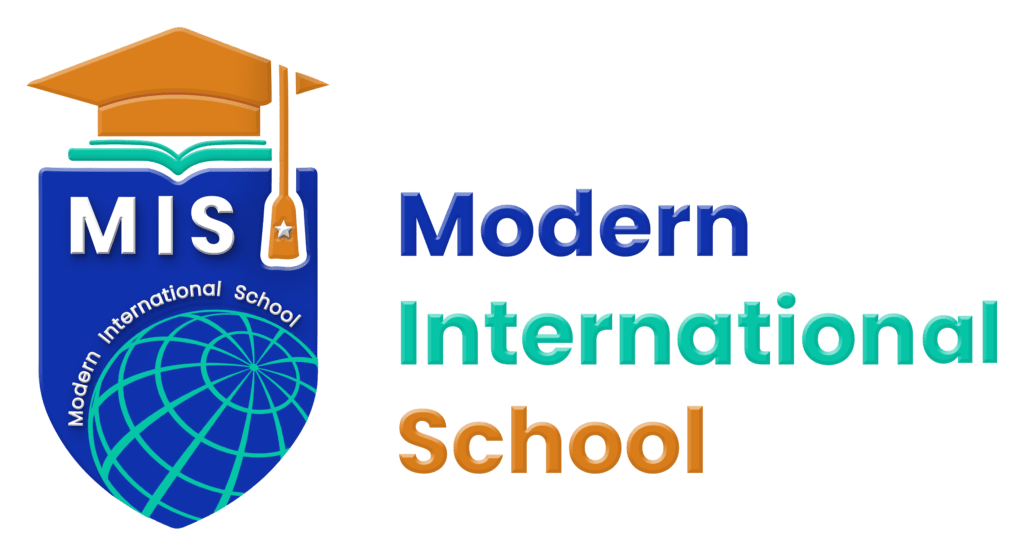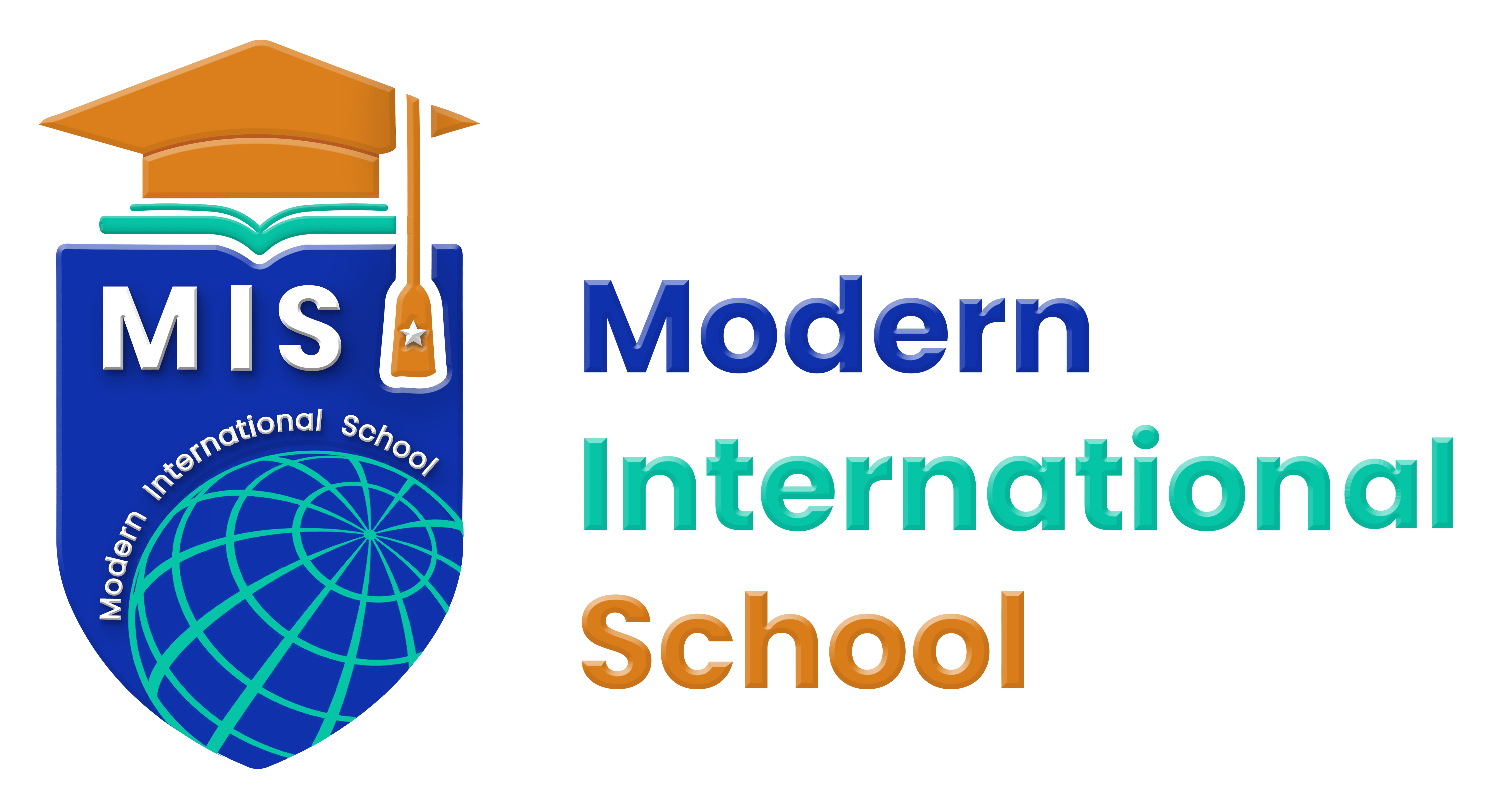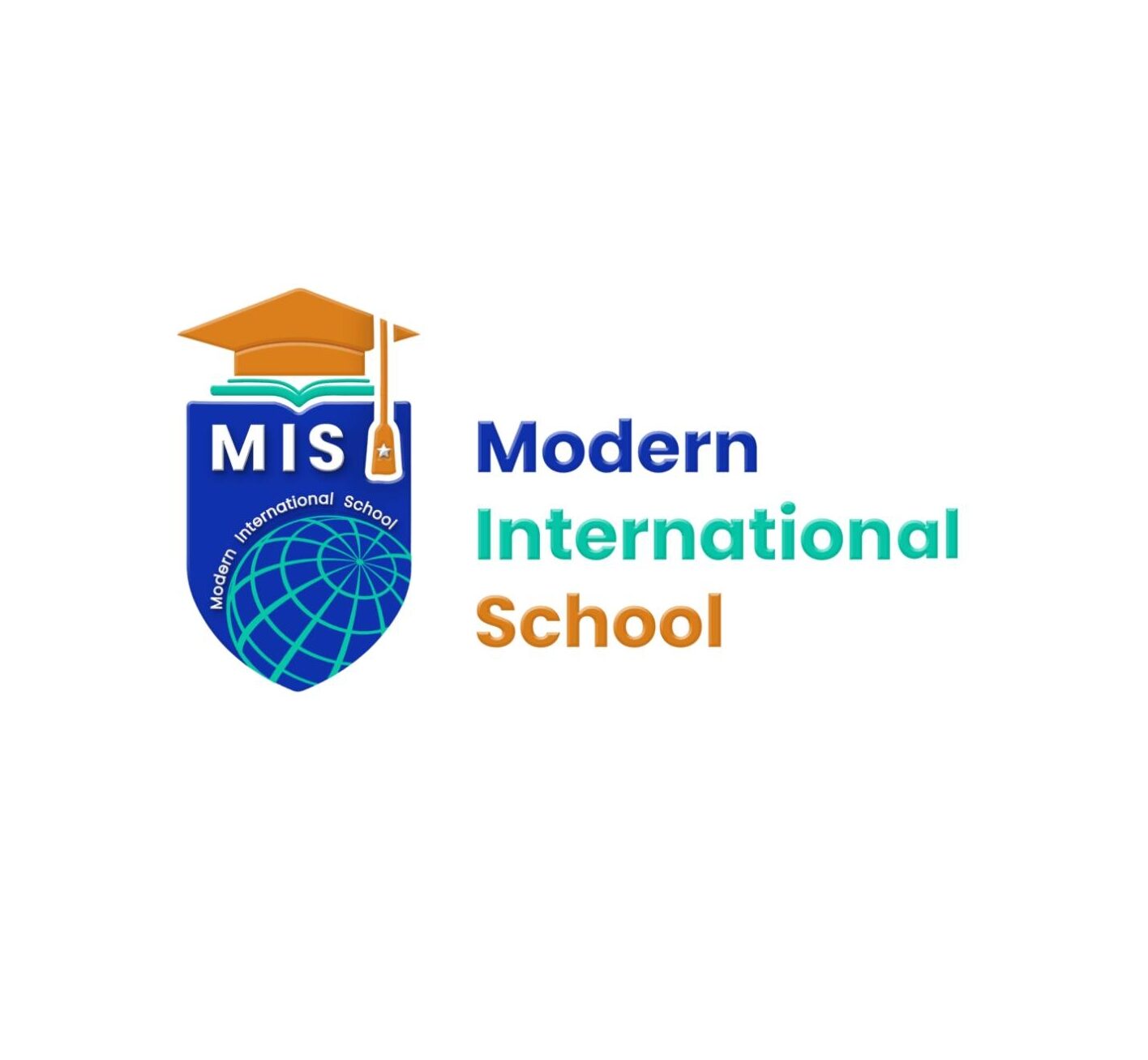The cycle CM1 – C M2 – 6ème: what will they learn?
Cycle 3 links CM1 and CM2 to the 6th grade. The teaching is organized with a double objective: to consolidate the fundamental knowledge and to give the children the means to act on their learning. In middle school, they will need to be autonomous… The cycle CM1 – C M2 – 6ème: what will they learn?
Cycle 3 has a common program – the Common Base – which, of course, evolves between CM1 and 6e. It aims to consolidate what has been learned in previous years and to develop the practice of it in order to give students greater autonomy. It extends to the five fundamental learning areas covered in the CP-CE1-CE2 cycle: The cycle CM1 – C M2 – 6ème: what will they learn?
– languages for thinking and communicating (French, foreign or regional languages, scientific languages, artistic languages, physical expression)
- the use of tools and methods;
- the formation of the person and the citizen;
- knowledge of natural and technical systems
- representations of the world and human activity.
In Cycle 3, students deepen their knowledge of the various languages necessary for the successful pursuit of their schooling and their social life: French, of course, but also scientific, artistic and physical languages. At the same time, they acquire the tools and methods that should make them more autonomous and allow them to gradually get rid of the permanent assistance of their teacher. Finally, they discover their historical and geographical environment with more precision by classifying their knowledge. Their horizons broaden: they begin to think about the world…
Language practice The cycle CM1 – C M2 – 6ème: what will they learn?
The learning that your child began during the first three years of elementary school is considerably reinforced in CM1, CM2 and 6e. This starts with language skills. The better – and earlier – your child knows how to use them, the better he or she will be able to approach the following grades in all subjects. In French, for example, during the CP-CE1-CE2 cycle, he has acquired reading and writing tools. Cycle 3 allows him to extend his use of them. Oral expression, on which his fluency also depends, is also the subject of constant attention and specific work. The teaching of the second modern language, undertaken in the CP-CE1-CE2 cycle, is continued with the addition of the study of certain cultural aspects of the country of the language studied.
In the area of scientific languages, children continue to explore whole numbers in mathematics and begin to study fractions and decimal numbers. They become familiar with the vocabulary and methods used to characterize objects: geometric shapes, sizes and measurements. They are also trained to use a variety of representations of objects, experiments and natural phenomena (diagrams, drawings, models) and to understand and produce tables, graphs and diagrams.
In cycle 3, artistic languages – visual arts and music education – are now aimed at encouraging students to discover the means, techniques and approaches of artistic creation, and to create their own production, notably by participating in the artistic and cultural education pathway. Physical education and sports constitute another language, that of the body. Motor skills, action, self-involvement and confrontation with others contribute to educating children about health. They allow him to explore his possibilities and to gain ease.
The tools of autonomy
Cycle 3 children are becoming increasingly aware of the means they use to express themselves in all languages and the possibilities they offer. They are no longer content to repeat the teacher’s lessons. French and the second language he is learning become objects of comparison and reflection. He begins to reason about the language, to understand its system and to apply this reasoning, especially for spelling. They also become aware of the means to be used to learn or to solve problems (in mathematics, for example). In most subjects, they become familiar with all kinds of documentary sources, and learn to search for and sort information, especially in the digital world. They begin to choose the most appropriate work methods with greater autonomy and thus to organize their own personal work. In short, they become actors in their own learning.
Organizing the World
In fourth, fifth and sixth grade, your child continues to organize the knowledge he or she acquires about the world every day. In the previous grades, he had begun to situate himself in time and space. History and geography now teach him that his current environment is the result of a long and constantly changing evolution. In this teaching, he discovers different methods of research, distinguishes between real facts and fiction, and compares his way of life with those of other times or other places. On the one hand, his horizon expands, on the other hand he looks at it with more precision. The study of science and technology offers the same virtues. Here again, it is a matter of giving students the keys to understanding the world around them. They learn to rationalize their knowledge by offering explanations and solutions to technical problems.
In general, in the CM1-CM2-6th cycle, children gain access to more abstract thinking that fosters reasoning, observation skills, curiosity, creativity, critical thinking, taste and autonomy. In most subjects, they are encouraged to act responsibly and to cooperate through the realization of individual and collective projects. In short, these classes help them grow.



